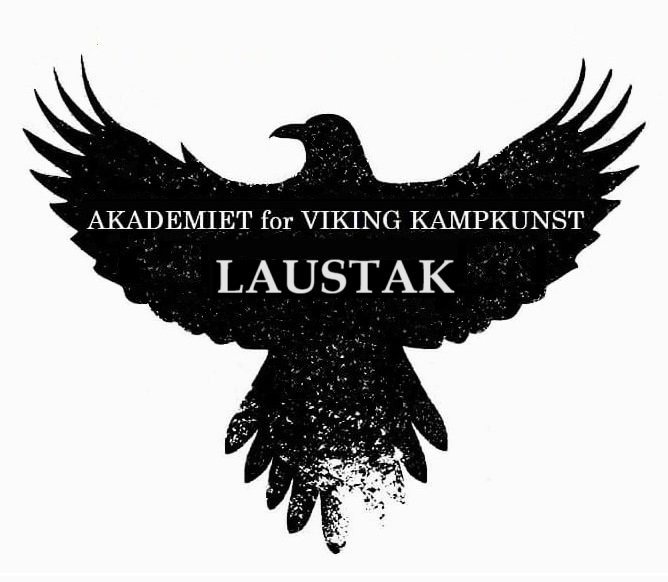UTESITTING by Tyr Neilsen
/A way for a Viking to achieve wisdom and strengthen their spirit was through utesitting, which translated directly means ‘outside-sitting’. The modern equivalent would be meditation done out in nature. By sitting alone in nature, people of the Viking culture could seek inner wisdom and visions.
Utesitting is an ancient ritual that the Norse people used to come in contact with their spirituality. It is an ancient practice known from Norse sources such as the poem Völuspá, from the Poetic Edda, an Icelandic manuscript from the year 1270.
Utesitting was a way to build the spirit and an individual’s spirituality. It could be a calm and gentle experience, or a deeply transformative experience. After utesitting, a person was more serene, more aware, more focused in mind, body and spirit. Utesitting was a way to connect with other energies, the gods, or the universe. This was a way to undertake a vision quest to put a person in touch with themselves and the spirit world.
Utesitting tyr neilsen - photo B. Wemundstad
It was very important that the place chosen for utesitting would be a place where a person was not disturbed. During utesitting, where a person would go, and how long they would be gone, would be decided naturally within the utesitting ritual. It would take however long it took. Sometimes such a ritual could take a short while, or an afternoon, but sometimes it could take days.
Utesitting themes could be personal questions, major issues, or life's big questions. Utesitting could be used as a spiritual cleansing process. It could be used to open a spiritual door or as a way to introduce a person to the elements and environment around them.
Utesitting, as the name suggests, is time spent in meditation in nature. This was done both for inner wisdom and as a way to lead to a higher consciousness through contact with nature. It was and is a method to find a person’s place in nature, or way back to a natural state. It makes no difference whether a person is troubled by large or small issues, or is making large or small processes regarding changes in life, utesitting was and is, a way to clarify a person’s intention and co-create with nature.
Sacrifice was very important to the Norse people, and rituals always contained some sort of offering. A gift to nature and the nature spirits would be offered before and after utesitting. It didn't matter if a specific utesitting felt like a good or bad experience, Vikings obtained wisdom and understanding from this practice. Utesitting could be an hour, a day, a night, or weekend in the forest or mountains. This practice was helpful to Vikings who needed to withdraw from "normal life", in order to bring them to a place where they could get closer and have better contact with themselves.
Getting in contact with oneself and the universe became a problem with the coming of Christianity, and utesitting was perceived as so threatening for this religion that it was forbidden. The custom of sitting out in nature with a view to induce wisdom or visions was deemed dangerous in Norway and Iceland, and the church sanctioned hard against those who practiced that kind spirituality, or ‘magic’.
In 1267, King Magnus of Norway received instructions regarding this according to Gulatings-loven. Utesitting in groves or on mounds were crimes against the Holy Church. It was forbidden to sit alone in the forest or mountains and open the mind and the inner contemplation. It was prohibited to connect with nature's energy and the beings of the forest. If a person had undertaken utesitting, they had to confess to a bishop and not a regular priest, according to the scriptures of Bishop Torlak of Skâlholdt in Iceland at the end of the 1100s.
All of this suggests that utesitting for personal wisdom and spirituality were very important activities for the Norse people.
Utesitting at the roots of a 1000 year old tree called ‘Den Gamle Mester’ (The Old Master). This tree in Viken County, Norway was alive in the Viking Age.






